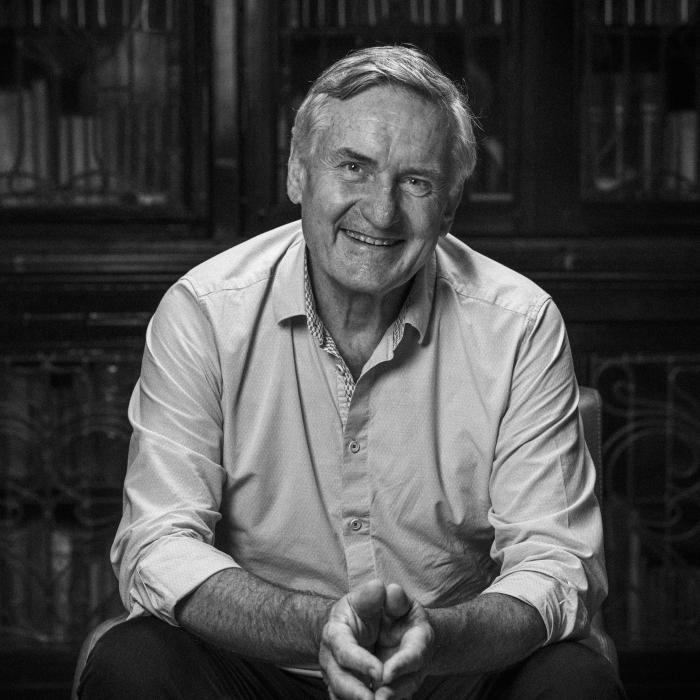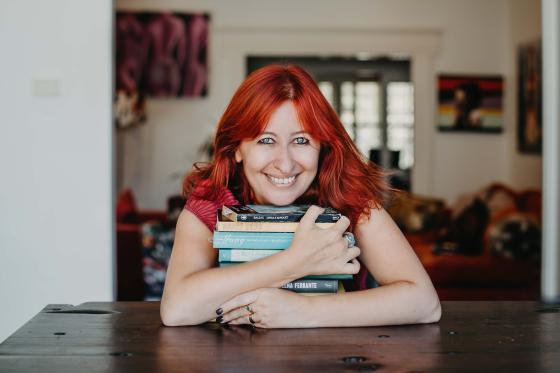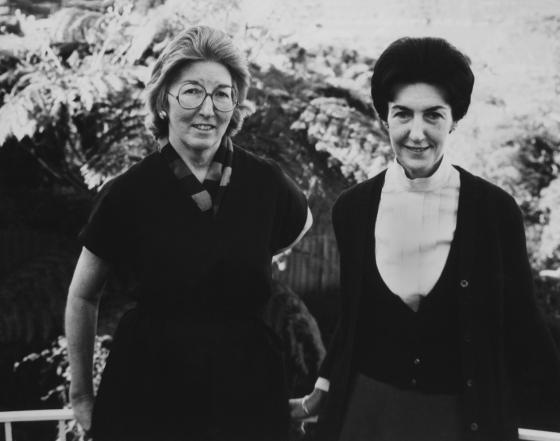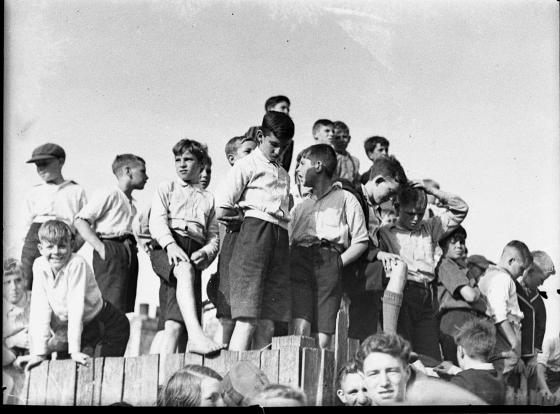
When people talk about the library that changed them, their story is usually set in childhood. British journalist Caitlin Moran writes about growing up in a deprived household in Wolverhampton, and how the local library came into her life like the cavalry ‘jangling its spurs, epaulettes shining in the sun’.
Or there’s the novelist Jeanette Winterson, who was adopted into a strange Pentecostal household in which she was accused of being an emissary from the devil. Her true saviour? The local library, in particular the librarian who encouraged her to read from A to Z along the shelves marked ‘English Literature’. This means you start with the delights of Jane Austen, which is why Winterson still recommends the method. Pretty game for a writer whose name starts with ‘W’.
I can’t quite match these stories. My first library, outside my primary school, was a commercial operation in the Sydney suburb of Wahroonga. Such subscription libraries — where you’d pay to borrow a certain number of books — were popular in the 1940s and 1950s. This one, which turns out to have been the Mickle Book Club Art and Gift Shop (of course, a librarian found that information) must have been a rare, late survivor.
Was there no council-run library in our part of Sydney? I don’t know. Maybe my mother liked the trashier books on offer. Maybe the convenience — it was opposite the supermarket — was worth the money. Whatever the explanation, we’d go there every week, my mother and I, and each select a few books.
It was here, at the age 10 or so in 1968, that I came across the Patrick Dennis novel Auntie Mame. A week later its sequel, Around the World with Auntie Mame. It was the first time I’d read a properly funny novel and I couldn’t stop re-reading it, marvelling at how words, inked squiggles really, sitting together passively on a page could cause a reader to explode into laughter, an actual, physical reaction. What alchemy! I’ve spent the half century since trying to replicate the trick in my own writing.
High school libraries followed of course, and that was when I realised that Australian librarians have no morals. They let you borrow anything. ‘Surely there’s been some mistake,’ I thought at 12 years of age as I borrowed Geoffrey Household’s Rogue Male and various dystopian horrors from John Wyndham, before moving on to all sorts of filth from Sartre to DH Lawrence.
All the same, I had to wait some years for the moment a library really transformed me. It was 1982, I was 23 years old, working on my history honours thesis at the University of Sydney. My topic was nineteenth- century Australian physical anthropology and its role in the dispossession of Indigenous Australians.
Much of the source material was in the State Library of NSW, mainly in what was then called the Mitchell Library Reading Room but which is now the Friends Room. If you had any doubts about your own academic abilities, this place made you feel like a don. It had high windows through which a soft light filtered (you can see how my memory has romanticised the place), bundles of letters and diaries boxed and sometimes tied with a ribbon, and an atmosphere of quiet, studious intensity.
After a few hours of note-taking, I’d emerge, blinking, into the sunlight and — like everyone else — sit on the steps of the library eating a sandwich for lunch. I can’t remember talking to the other sandwich-eaters. Maybe we were keen to return to the fray.
There were other libraries of course. In that same year, I spent time in the State Library of Victoria, which I remember for its quaint Victorian desk lamps in the reading room. Then I visited the fusty library of the Victorian branch of the Australian Medical Association and, later, Sydney University’s somewhat less romantic Fisher Library stacks .
In all these places — and in the libraries I’ve used since — always there is the thrill of the chase. An unexpected letter uncovered at the bottom of the box; an annotation that opens up a whole vista; or the book you’d not discovered until the brilliant Mr Dewey placed it, right there on the shelf, next to the book that was already on your list.
Recently while I was on a book tour, I visited scores of libraries in both city and country. All were bustling with life — school students with heads buried in homework, reading circles for children, author talks like mine, computer lessons and all kinds of social inclusion. A librarian spotted at one moment seemed much like a social worker, helping a troubled soul. Seconds later, I saw her taking a literary history from a reader before prescribing some future reading.
At moments like this, I’d think about that moment in the tiny commercial library where my hand alighted on Auntie Mame. Or, years later, in the Mitchell Library Reading Room when I stumbled across the monstrous figure of Richard Berry, the Australian professor of anatomy who ended up being the focus of my thesis. Or, I recalled my more recent visits to the State Library’s Reading Room, where week after week kindly librarians loaded a trolley with copies of The Australian Women’s Weekly from the 1960s and 1970s, which provided much of the material for my book The Land Before Avocado.
Libraries are transformative places. Time after time, they’ve transformed me.
Richard Glover hosts Drive on ABC Sydney. His latest book is Best Wishes, about making the world a better, less annoying place, one wish at a time.
This story appears in Openbook winter 2024.



